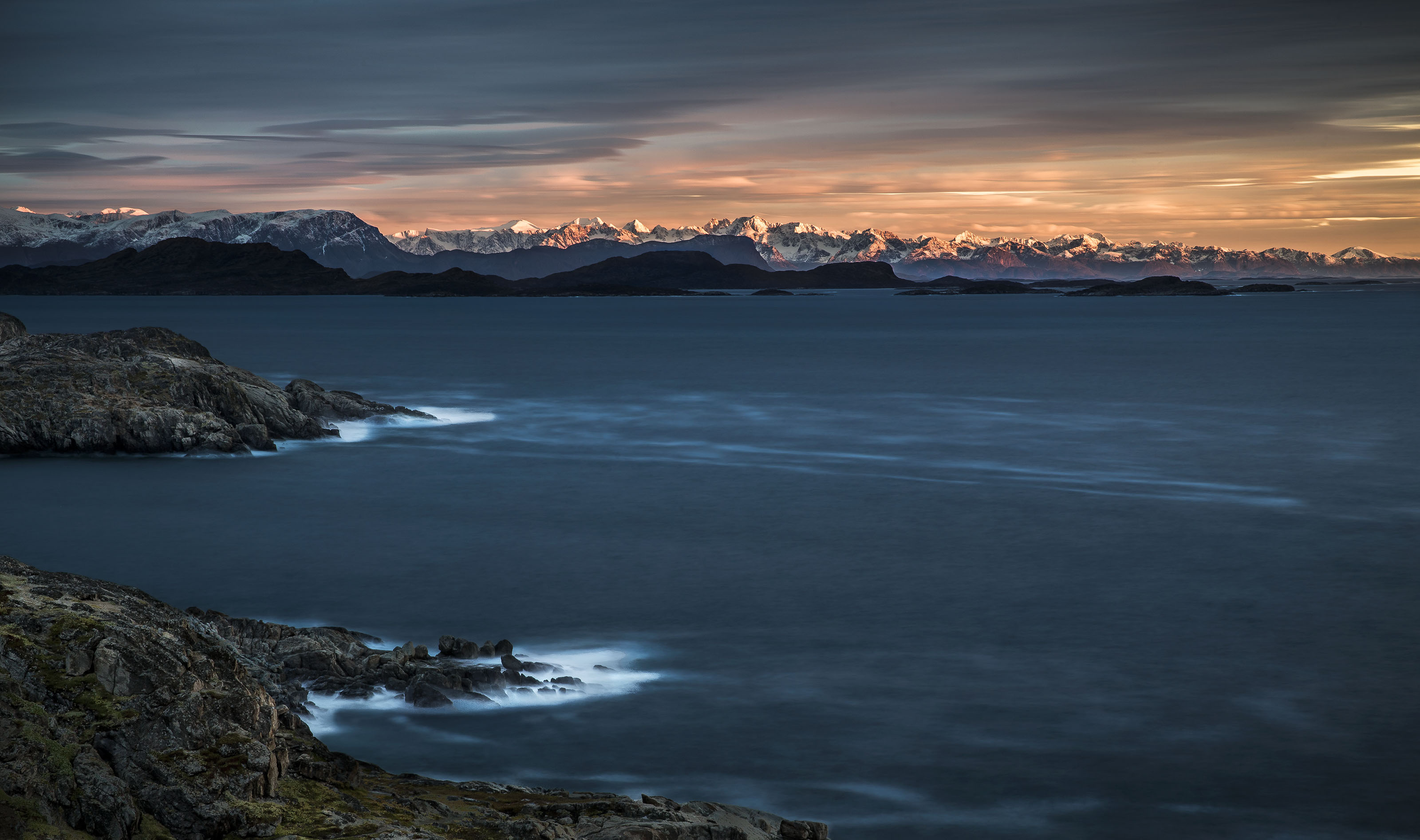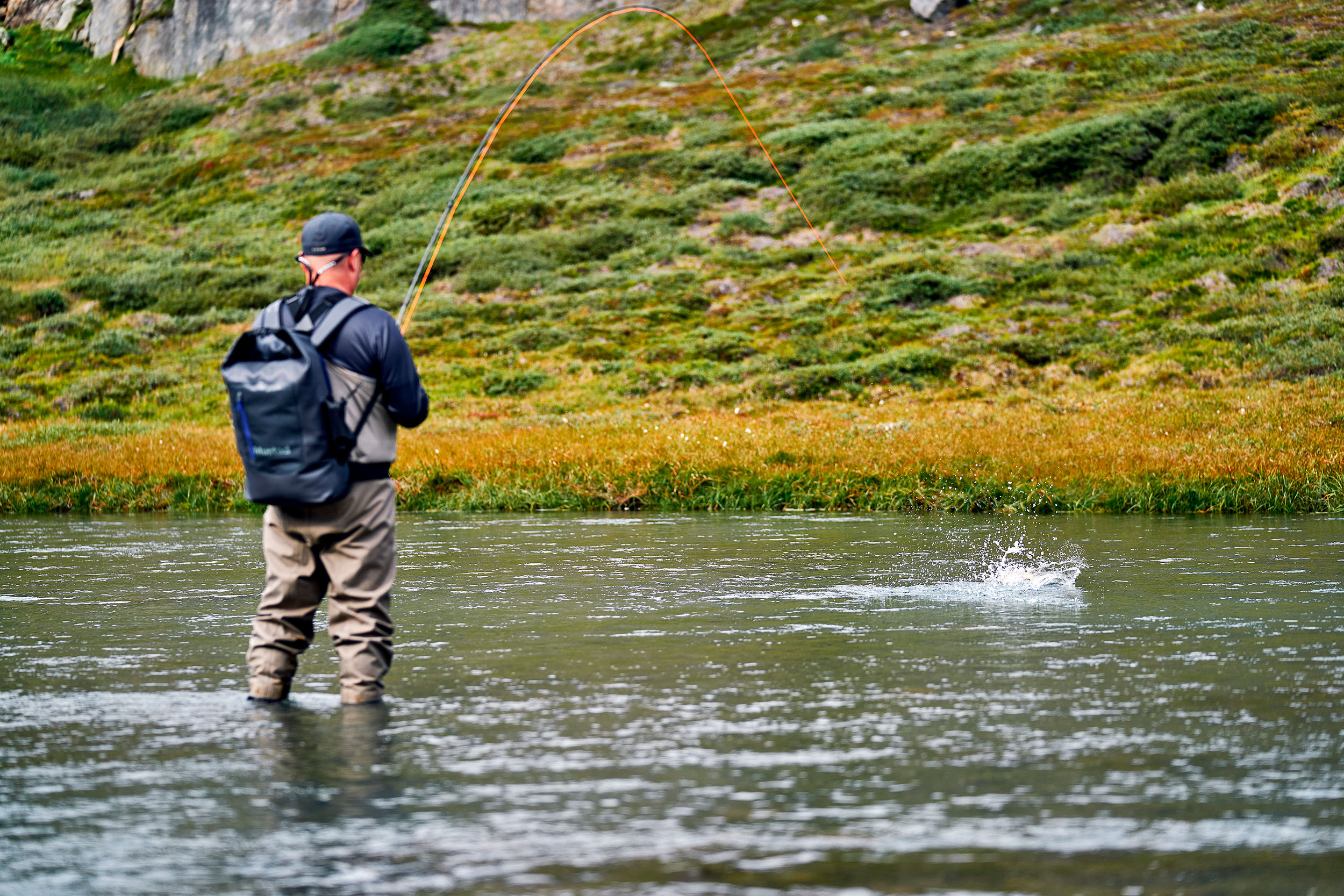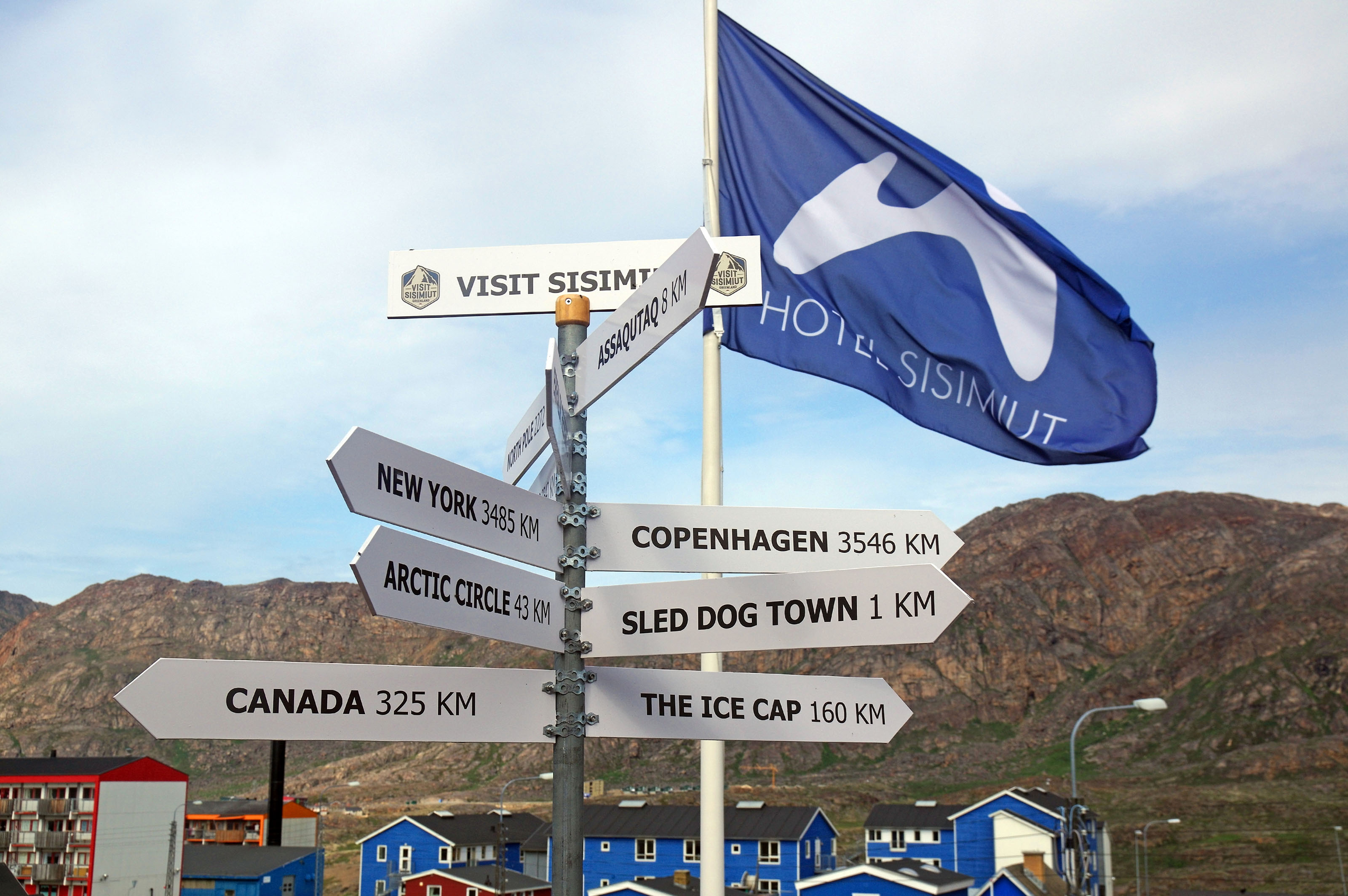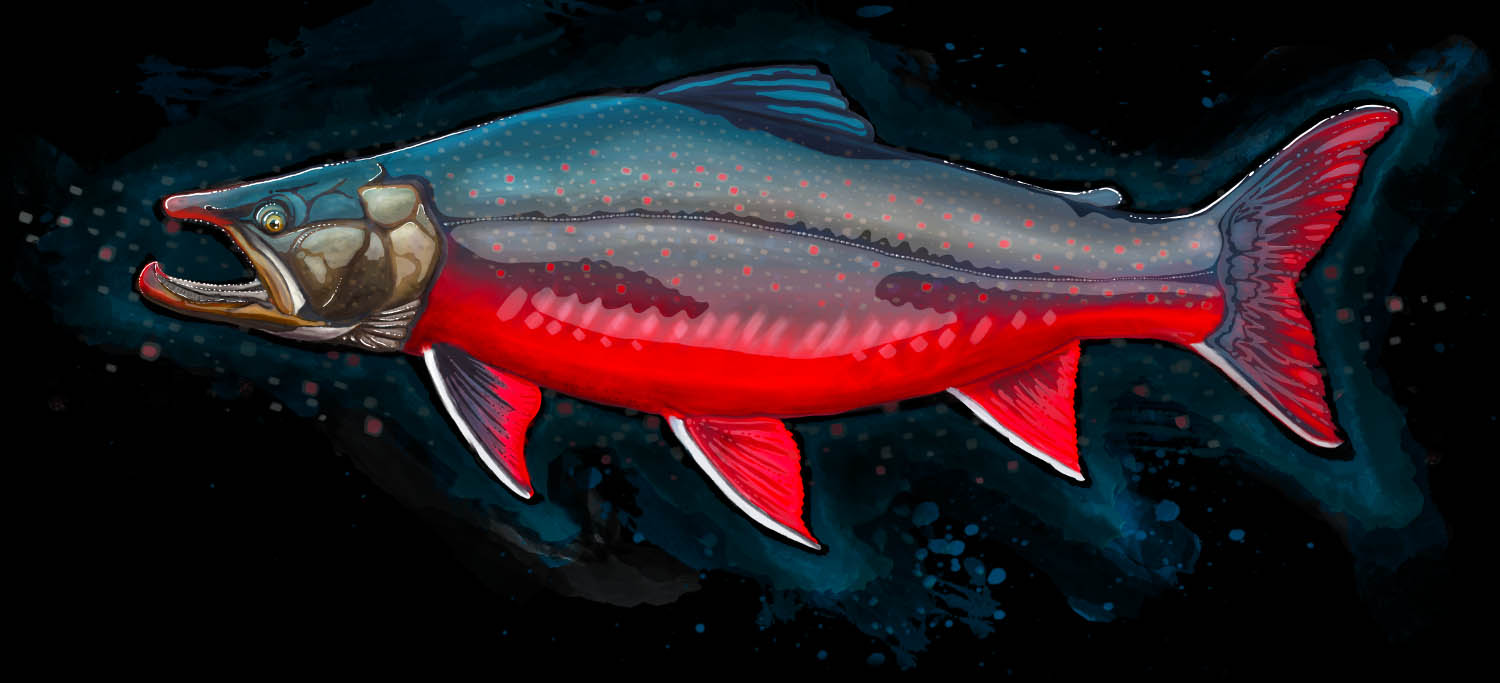GREENLAND FAQ
Here, you will find answers to general questions about Greenland and all of our camps. Please note that there is a FAQ section specific to each camp, located on their respective pages:
When should I go?
The peak season is during July and August. The arctic char start running the rivers in late June, and somewhere between late August and early September they become so interested in spawning that they should probably be left alone. Also, once you get well into September, the weather can turn kind of rough.
Who is best suited for this destination?
Anyone in reasonable shape, with some fly fishing experience, and with a bit of self-sufficiency. Though some days are always better than others, the fishing is rarely difficult and there is no need to have a guide watching over your shoulders all day long. After having been introduced to the fishery, most anglers are fine about fishing with one or two other guests, and only occasionally, when venturing into a new area, do they ask one of the young guides for assistance. However, if you prefer being guided at all times, have someone tie all your knots, unhook your fish etc, this is not for you.
The fishing is on a walk-in basis, so to get the full benefit of the possibilities, anglers should be reasonably fit. The terrain is easy to hike but you should be prepared to cover a total of four to eight miles on most days.
Do we provide equipment?
No, you must bring your own.
Do we provide flies?
Yes, we can provide flies. However, to be sure we have everything you need in stock, we kindly require a pre-order.
Does this trip combine well with other trips?
You may consider spending a couple of days in Copenhagen – it’s never nicer than during the summer.
Are special skills required?
No.
What are the physical demands?
You should be able to hike at least four – five miles on a daily basis.
Are there other activities?
Other than a bit of sightseeing – no, not really.
How would you describe the general vibe and atmosphere?
Very relaxed and down to earth. The fishing is usually very productive so there is not any real stress to catch what you came for. And while some of the char reach good sizes, it’s not a fishery with record-sized fish, and most guests here don’t really fish for size but for their pleasure. So, there aren’t really a lot of big egos around either. We tend to have mixed groups with several different nationalities, which create a great international atmosphere and a good deal of making-new-friends throughout the week.
Greenland looks huge – how many people live there?
Though Greenland is the world’s largest island, covering almost 2 million km2, almost 80% is covered with ice. Only the areas along the coastal shores in the southern part of the country are inhabitable, and the population is around a mere 56.000 people, which gives the lowest population density in the world.
What time zone are you in?
The time zone in western Greenland, where we fish, is GMT -2.
What’s the weather like?
Temperatures may vary from a little below the freezing point up to approximately 20 degrees Celsius. The weather may change quickly, which means you need to be prepared for severe changes in temperature, wind, and precipitation during a day of fishing.
Is it light 24 hours a day?
The polar circle is close to Sisimiut, thus during most of the fishing season it will not be dark at night. It’s only during the latter part of August that we will have a few hours of darkness.
What languages are spoken?
Unless you are already fluent in Greenlandic (Eskimo-Aleut) you can usually get by with English – or Danish. Greenlandic people are known for their welcoming and hospitable nature. Don’t be surprised if locals strike up a conversation with you in the street.
Do I need a Visa?
Most nationalities only need a valid passport to visit Denmark and Greenland. Check online to make sure.
How safe is Greenland?
Very safe! Think “modern world” without hard crime, heavy traffic and air pollution.
Do I need trip insurance?
You need a standard travel insurance that will cover the costs of getting you out of camp (typically by boat (helicopter for emergencies)) and back home safely.
Dangers and annoyances?
There are probably no other dangers than tripping over rocks. Some guests ask us about polar bears. They live on the ice, and to the best of our knowledge there has never even been a single sighting of a bear south of Sisimiut during the summer months.
There can be a lot of mosquitoes and especially small flies if the wind is down. We find that a Buff and some repellent take care of the bugs most of the time, but we always carry a mosquito net to pull over our caps, should they become a real nuisance.
Health concerns?
None.







